• Staph bacteria are commonly found in the nasal passages, under the fingernails and on the skin of healthy persons Not everyone becomes infected • Staph/MRSA infections often begin with an injury to the skin • NOT all staph infections are the MRSA type, and with early identification and proper care, MRSA People can reduce their risk of developing nail infections by using the following methods moisturizing after washing the hands avoiding biting or chewing the nails taking care when cutting the nails keeping the hands and nails clean avoiding submerging the hands in water for long periods avoiding Paronychia is a skin infection around the fingernails or toenails It usually affects the skin at the base (cuticle) or up the sides of the nail There are two types of paronychia Acute paronychia – comes on suddenly and may not last long;
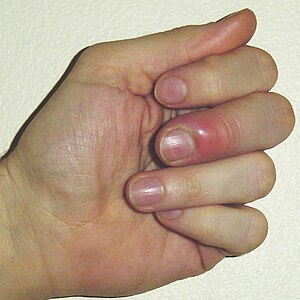
Paronychia Wikipedia
Staph infection under fingernail
Staph infection under fingernail-Staphylococcus aureus, or staph, is a common germ that many people carry in their nasal passages, under fingernails or on their skin without ill effects MRSA is a type of staph bacteria that has developed antibiotic resistance (certain antibiotics are unable to kill the bacteria)A staphylococcal infection is a common bacterial skin infection Staphylococci ('staph') are a common type of bacteria that live on the skin and mucous membranes (for example, in the nostrils) of humans Staphylococcus aureus ( S aureus) is the most important of these bacteria in human diseases Other staphylococci, including S epidermidis
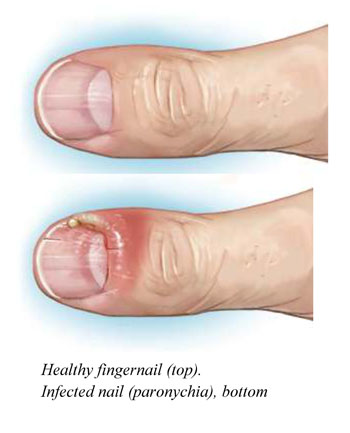



Paronychia Nail Infection What Is It Symptoms Causes And Treatment
Below you will find a large collection of MRSA pictures and Staph infections pictures These photos, taken of our patients, will help you identify some of the more common characteristics of MRSA skin infections MRSA is a mutated form of Staph bacteria• Under fingernails • Back of hands • Wrists 4 Rinse well and dry hands with a clean paper towel Symptoms of staph vary, depending on the part of the body that is infected Symptoms may include ¾ Skin infections (the most common site of staph infections) that typically result in localWhite or yellow pus filled heads are often found at the
This is the most common viral infection of the hand This infection is often misdiagnosed as a paronychia or felon Cellulitis This is a superficial infection of the skin and underlying tissue "Staph infections most commonly develop when there is a break in the skin, giving the staph an entry point for infection," explains Joshua You can get either a fungal or bacterial infection in an ingrown toenail For example, MRSA, a drugresistant staph infection, lives on skin and can cause infection to occur MRSA infections can
Soak the infected finger in hot water mixed with a teaspoon of salt This will help the skin to widen and the pores to open, so that draining the pus will be easier Pat dry the finger once you are done Press the part of pusfilled infection to let the pus outIf the infection is large, a part of the nail may be removed If this procedure is required, the doctor will inject a local anesthetic at the base of the finger that will provide for a painfree Keep your hands away from your face — especially your nose, where staph can live along the nasal cavity Keep your fingernails short Bacteria can live under the nails and easily transfer staph into an open wound Don't share athletic equipment, especially razors and/or towels in a gym, where staph can be transferred fairly easily
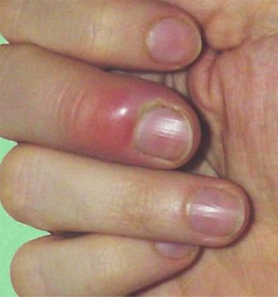



Paronychia Treatment In Dallas The Hand And Wrist Institute
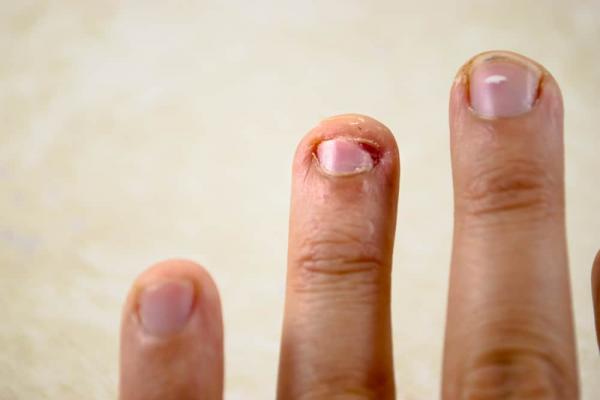



5 Dangerous Infections You Can Get When You Bite Your Nails Familytoday
Soaking the cuticle in epsom salt and water can help draw out the infection In addition, it is often not necessary to clip the cuticles Instead, simply soften them in warm water or cuticle oil and gently push them back with an orange stickA Staph infection • Infections usually are easy to treat with inexpensive, welltolerated antibiotics – BUT some staph bacteria have developed wash between fingers and under nails for 15 seconds, dry using a clean – dry towel • If no hand washing facility is present – use an alcohol based hand sanitizer Both infections can have the following symptoms redness of the skin around your nail tenderness of the skin around your nail pusfilled blisters changes in nail shape, color, or texture detachment of your nail
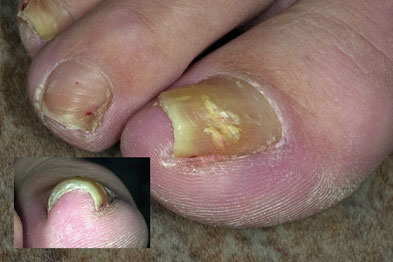



Clinical Images Nails Gponline
/GettyImages-11585515251-b7f776ee60fd4cc192dfdc790a70e75d.jpg)



Paronychia Symptoms Causes Diagnosis And Treatment
Infections are a common disorder and are produced by bacteria The infected area might be swollen, hot, red, and tender Pus accumulates in infected tissue Infection in a finger, if treated, should begin to heal in a few days and should be completely resolved in a week or twoParonychia is an inflammation of the skin around the nail, which can occur suddenly, when it is usually due to the bacteria Staph aureus, or gradually when it is commonly caused by Candida albicans The term is from Greek παρωνυχία from para, "around", onyx, "nail" and the abstract noun suffix ia The index and middle fingers are most commonly affected and usually p Is it staph infection?




Acute Paronychia Dermatologic Disorders Msd Manual Professional Edition




Nail Changes Paronychia Multikinase Inhibitor Skin Toxicity
This infection is located in the fingertip pad and soft tissue associated with it Herpetic whitlow A herpetic whitlow is an infection of the fingertip area caused by a virus This is the most common viral infection of the hand This infection is often misdiagnosed as 1 Wash your hands often Staph gathers on the skin, including under your nails By washing your hands, you are more likely to avoid introducing it to a scratch, scrape, or scab When you wash your hands, you should scrub for to 30 seconds with soap and warm water;Fingernail staph infection A 32yearold male asked Son has dark greenish substance under fingernail, its swollen and hurts him when i try to clean it



Paronychia Pus




Acute And Chronic Paronychia American Family Physician
It usually occurs on fingers Chronic paronychia – lasts longer and may occur on your fingers or toesOften a tetracycline , such as doxycycline, is prescribedIf this medication still doesn't cure the infection, which is the case in about 25% of such infections, then surgery is needed Surgery consists of removing the whole finger nail, applying mycolognystatin (ointment) directly to the underlying nail bed, and allowing a new nail (clean and fungus free) to regrow




Paronychia Nail Infection What Is It Symptoms Causes And Treatment



Hand Infection Types And Treatment The Hand Society
There appears to be a splinter under my nail, and at the end of the splinter, in the middle of my thumb, there is a white area The white area has increased in size overnight, and my thumb is swollen and very tender to the touch It''s Saturday, and I don''t want to spend 8 hours at the Urgent Care if I don''t have toParonychia (pahruhNIKeeuh) is an infection of the skin around a fingernail or toenail The infected area can become swollen, red, and painful, and a pusfilled blister ( abscess) may form Most of the time, paronychia is not serious and can be treated at home In rare cases, the infection can spread to the rest of the finger or toe and leadThe cuticle is very prone to infection Technically, this sort of finger infection is known as a paronychia If the skin around the fingernail is cut, it can be infected with staph bacteria This will lead to redness, swelling, and an ugly, pusfilled blister under the skin Treat a paronychia in much the same way you would treat a cut, but




An Atlas Of Nail Disorders Part 1 Consultant360




An Atlas Of Nail Disorders Part 1 Consultant360
Study finds organisms even after hand washing Artificial nails may make an appealing fashion statement, but researchers have found a nasty element lurking beneath them Acrylic nails can harbor Staphylococcus aureus, fungus, and other organisms that could be transmitted to patients One study of artificial nails among health care workers found that 73%Using a throwaway towel afterwards is bestA staph infection is a direct result of bacteria usually staphylococcus aureus finding its way into your body If the staph infection is under or near fingernails, it will appear as a boil, a pusfilled blister or a vesicle that can burst




Paronychia
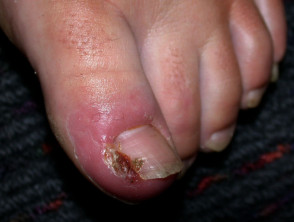



Paronychia Dermnet Nz
Paronychia is an often tender infection or inflammation around the base of the nail fold It can start suddenly (acute paronychia) or gradually (chronic paronychia) Acute paronychia Acute paronychia develops over a few hours when a nail fold becomes painful, red and swollen Yellow pus may appear under the cuticle Signs of an Ingrown Toenail Infection An infected ingrown toenail can include any or all of the following symptoms Oozing or built up fluid around the affected area Bleeding Foul smell Heat or warmth in or around the nail bed Overgrowth or presence of inflamed tissues around the edges of the toenailNails support and protect the sensitive tips of our fingers and toes Common causes of nail problems include injury, infection and skin diseases such as eczema and psoriasis Some conditions need professional treatment from a doctor or a dermatologist People with diabetes or compromised immune systems have a higher risk of fungal nail infections
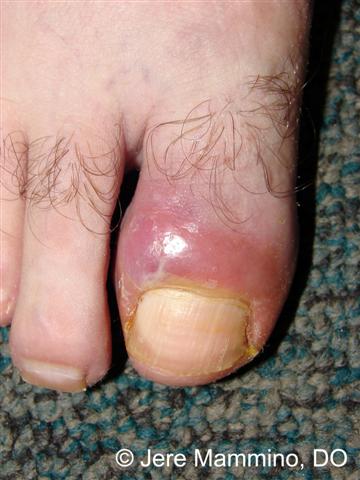



Paronychia Nail Infection American Osteopathic College Of Dermatology Aocd
/GettyImages-1158551410-beafd5e19cc24832be470c3245dd3c2e.jpg)



Skin Infection Around Fingernails And Toenails
Underskin infection may be from staph or strep Infection usually invades under the skin if there is any (even slight) skin injury, fissure If it was contact dermatitis (soap, new clothes or washing detergent), there wouldn't be underskin fluid, I guessHowever, when an ingrown nail occurs, it will irritate the skin in the nail fold and make it vulnerable to be infiltrated Once the bacteria has an entry point, itSoak affected digit in warm water, several times daily Topical antiseptic may be prescribed for a localised, minor infection Oral antibiotics may be necessary for severe or prolonged bacterial infection;
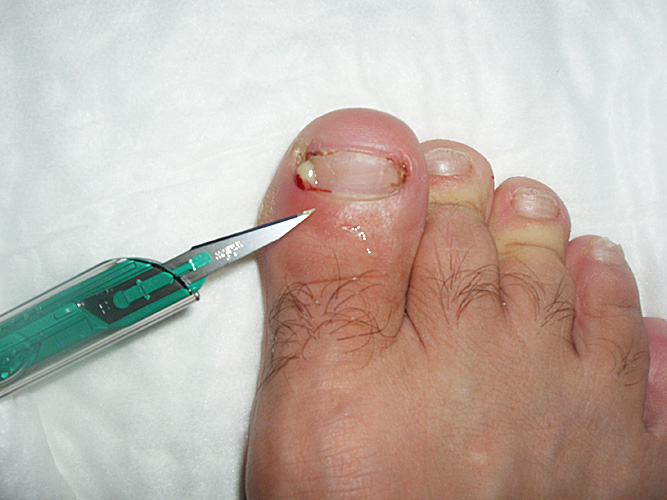



Paronychia Wikidoc



Http Www Tcpskids Com S Mrsa Pdf
There are many different types of infections, each with their own causes and symptoms Felon A felon is an infection at the tip of the No one in the salon industry will likely forget the case of Kimberly Jackson In 06, this Fort Worth, Texasbased woman allegedly contracted MethicillinResistant Staphylococcus Aureus (MRSA) during a pedicure at a local salon—and later suffered a fatal heart attack due to the disease Though most nail technicians are careful to properly disinfect their equipment and Common infection Staph is a common bacteria which resides on the outside skin surface;




Paronychia Acute And Chronic Nail Disease Felon Whitlow Dermatology Advisor
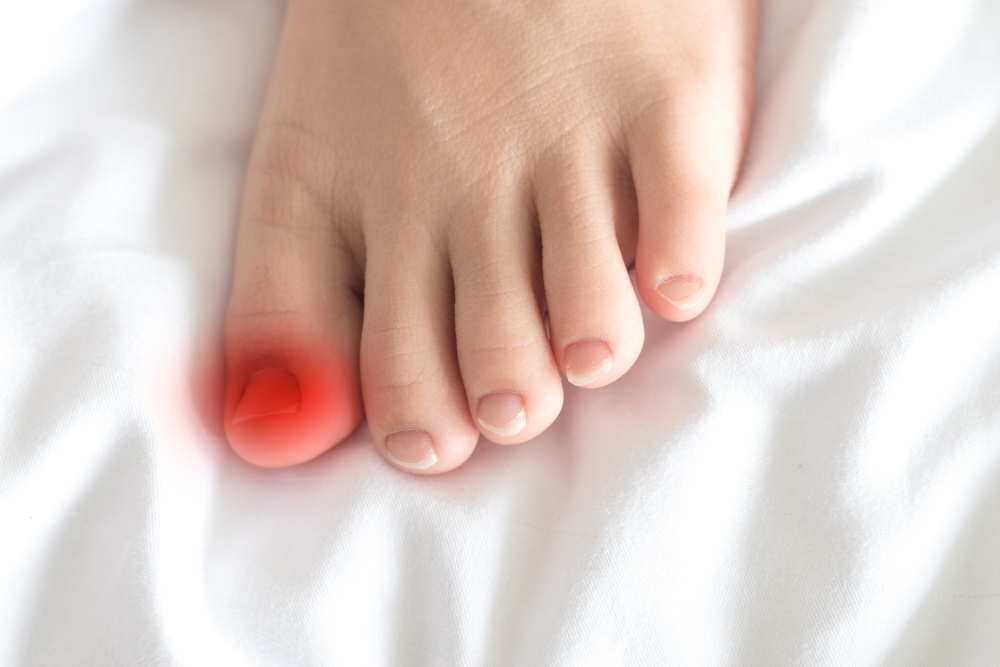



Signs Your Ingrown Toenail Is Infected Southwest Florida Podiatrist
The most common visible signs of MRSA and Staph are Bumps, pimplelike lumps, or blisters on the skin, either singly or more than one These are the most common outward signs of a Staph aureus or MRSA infection (see Staph vs MRSA);MRSA Pictures / Staph Infection Pictures/Graphic Images What Does MRSA Look Like?Swelling, reddening, and tenderness of the skin often surround the lumps or bumps;
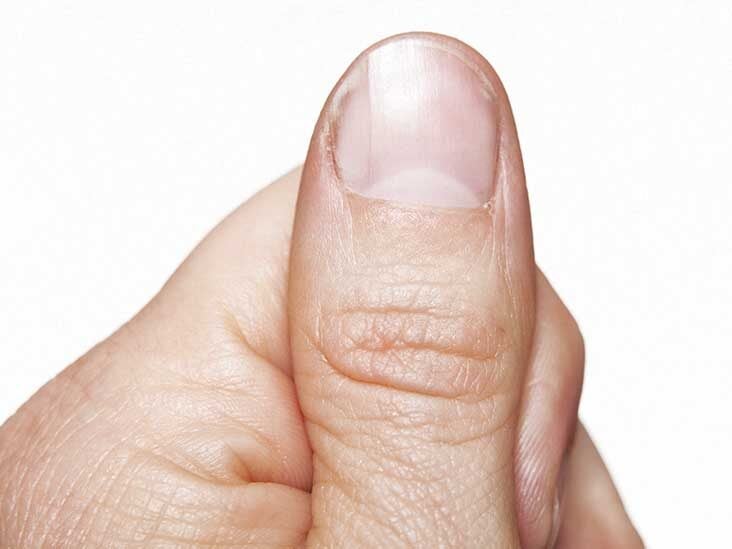



How To Treat An Ingrown Fingernail
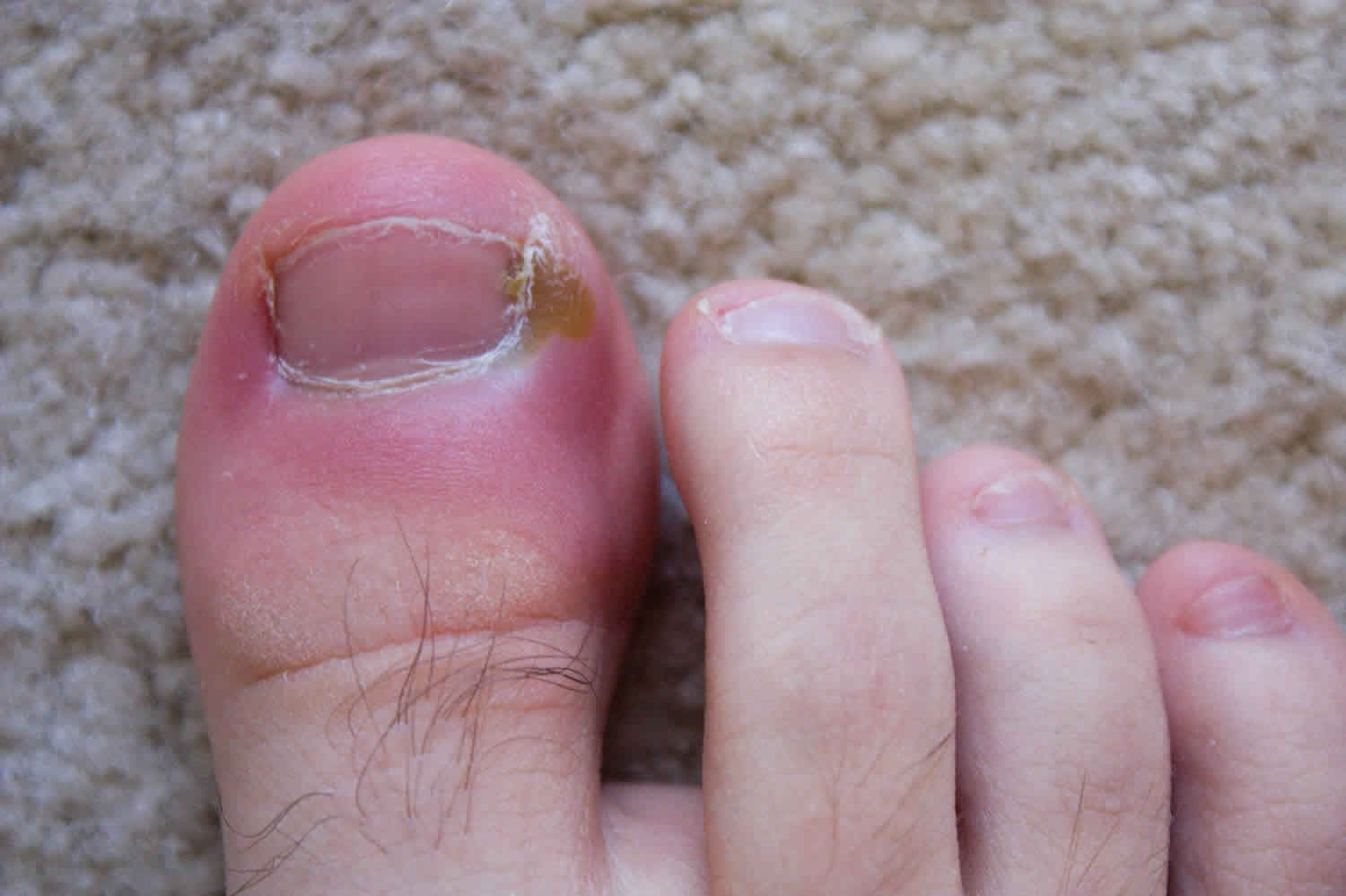



Acute And Chronic Paronychia Causes Prevention Paronychia Treatment
Dr Oz Gel Manicures Thin Nails By 50 Percent Dermatologist Anne Chapas said gel manicures are inherently dangerous because while women are going to a salon for a treatment to make their nails look better, they are actually putting themselves at great risk The gel manicures actually cause a great deal of nail damage and can cause infectionStaphylococcus, commonly referred to as staph, is a bacteria strain which under certain circumstances can be fatal to humans One of the most common complications for those who get staph infections from a nail salon is "scalded skin syndrome" This is a severe staph infection in which blisters form on the skin over large areas of the body When the skin around your fingernails or toenails gets infected, it's called paronychia The skin next to the nail is called the nail fold Most of the time, paronychia is caused by bacteria (usually Staphylococcus aureus) that gets into the nail fold Sometimes it can be from a yeast, like Candida




Paronychia Wikipedia
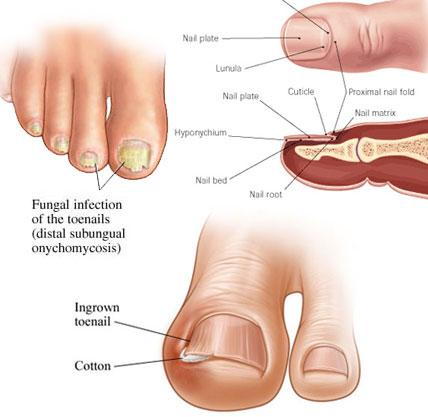



Nail Problems



Www Acofp Org Acofpimis Acofporg Pdfs News Publications Peh 18 Paronychia Janfeb18 Pdf
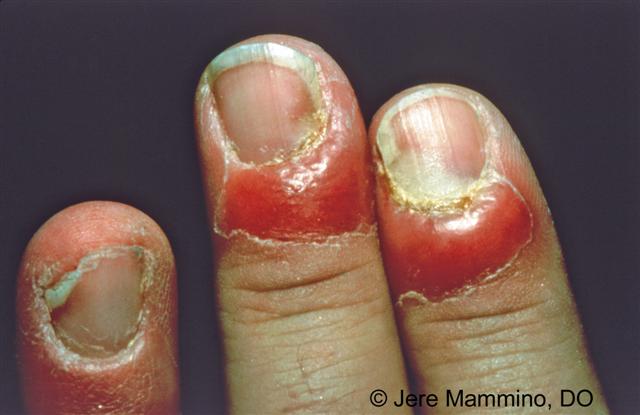



Paronychia Nail Infection American Osteopathic College Of Dermatology Aocd




Painful Nails A Practical Approach To The Diagnosis And Management Of Painful Nail Conditions Olvera Rodriguez International Journal Of Dermatology Wiley Online Library




Paronychia Homeopathic Treatment
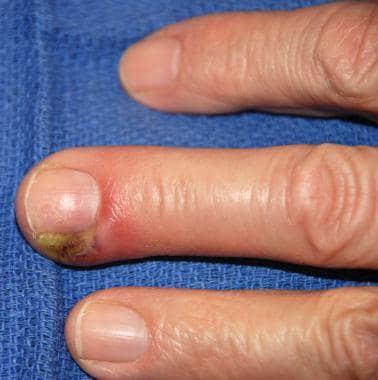



Paronychia Practice Essentials Background Epidemiology




What Is Staph With Pictures
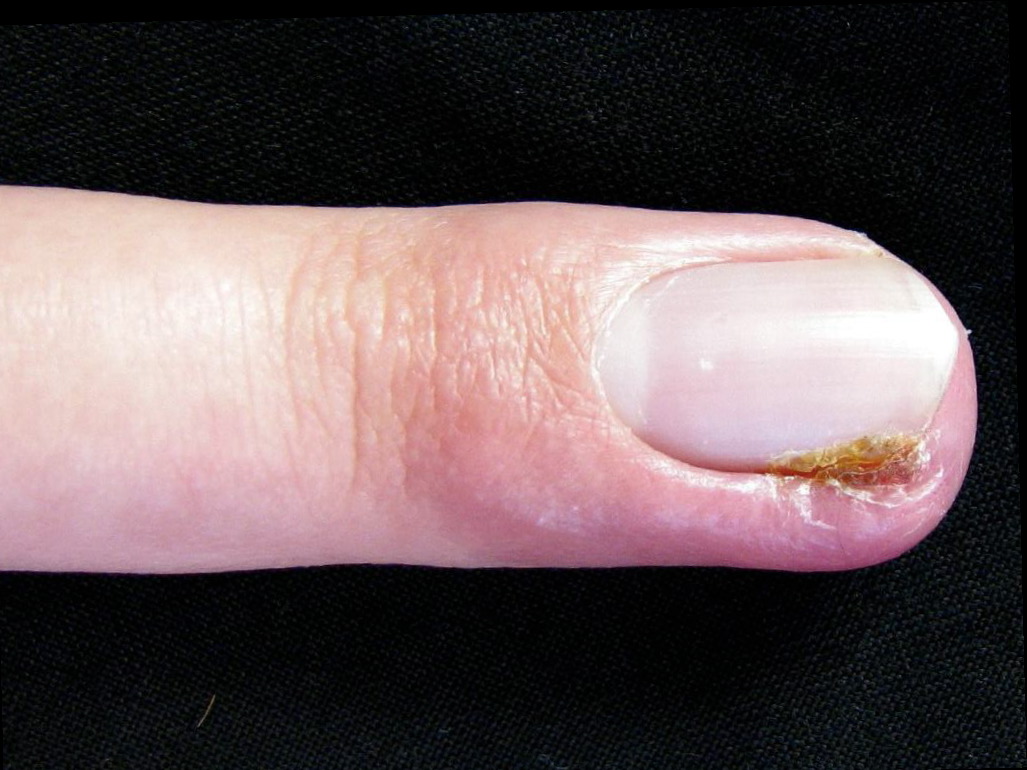



Paronychia Article




Painful Nails A Practical Approach To The Diagnosis And Management Of Painful Nail Conditions Olvera Rodriguez International Journal Of Dermatology Wiley Online Library
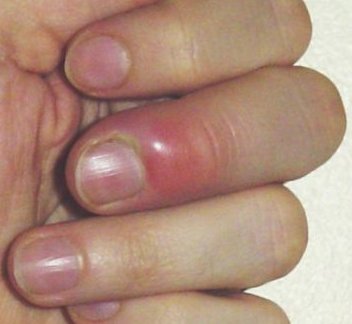



How To Treat And Prevent Fingernail Infection West Oaks Urgent Care Center Blog




Paronychia Everything You Need To Know Dr Nabil Ebraheim Youtube
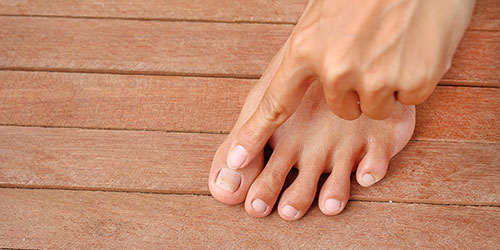



Paronychia Treating And Avoiding Annoying Nail Infections




Pointing The Finger Paronychia In The Emergency Department St Emlyn S




Disorders Of The Nail Orthopaedia




Nail Bed Infection Treatment Healing Time Symptoms Pictures
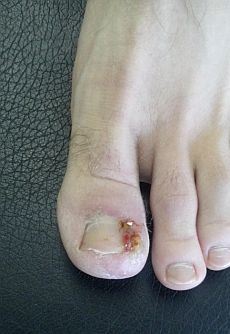



Ingrown Toenail Infection Curvecorrect



Ofpjournal Com Index Php Ofp Article Download 533 452



1
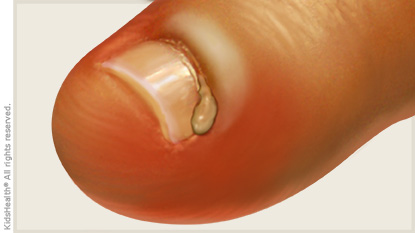



Paronychia For Parents Nemours Kidshealth
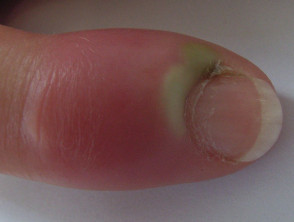



Paronychia Dermnet Nz




Paronychia




Fingernail Problems From Gloves During The Covid 19 Pandemic



Paronychia In A Neonate Pediatrics
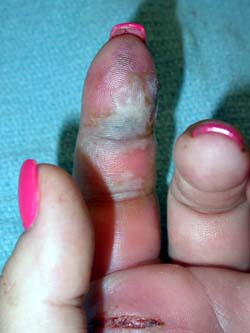



Hand Infections
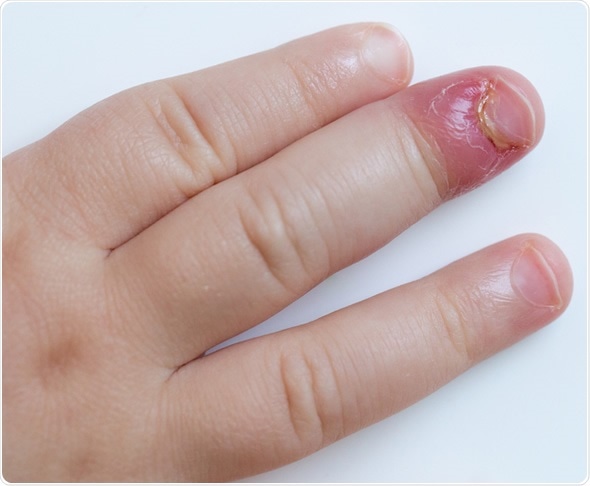



Paronychia Types And Causes




Acute And Chronic Paronychia American Family Physician
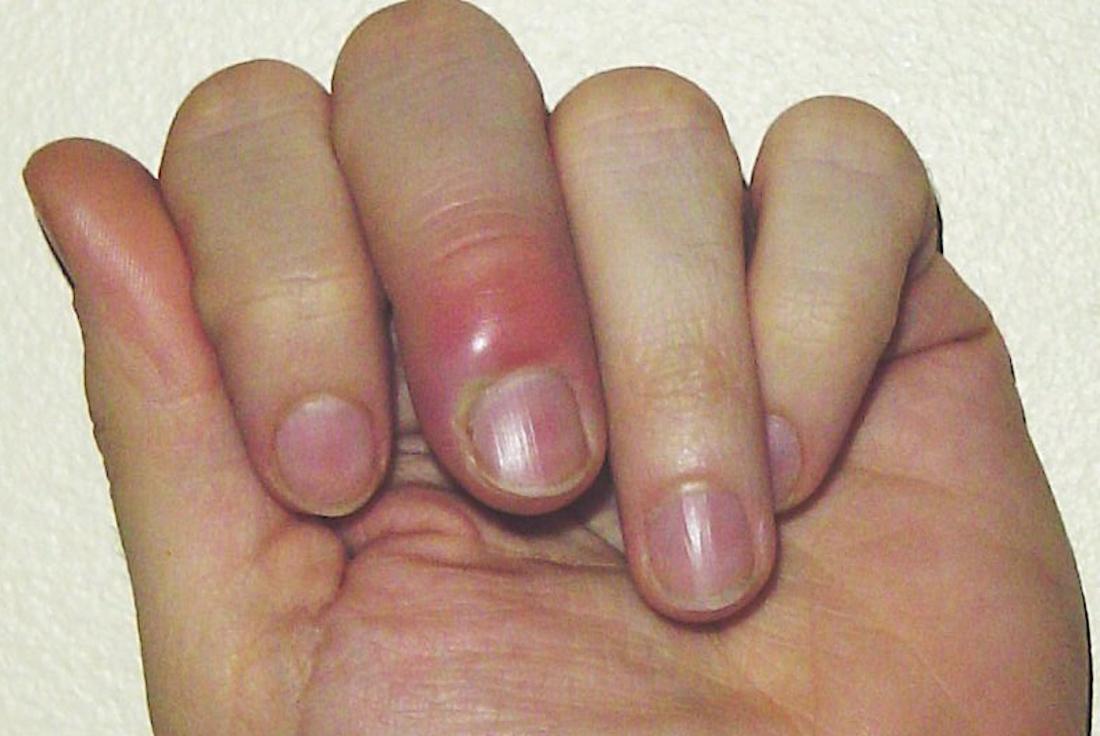



Paronychia Causes And Treatment Of An Infected Nail
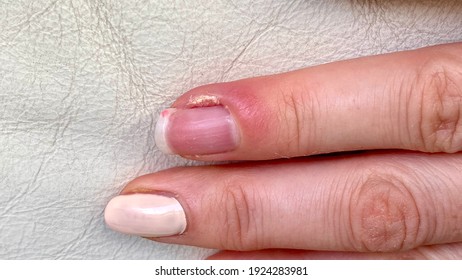



Staphylococcus Infection High Res Stock Images Shutterstock
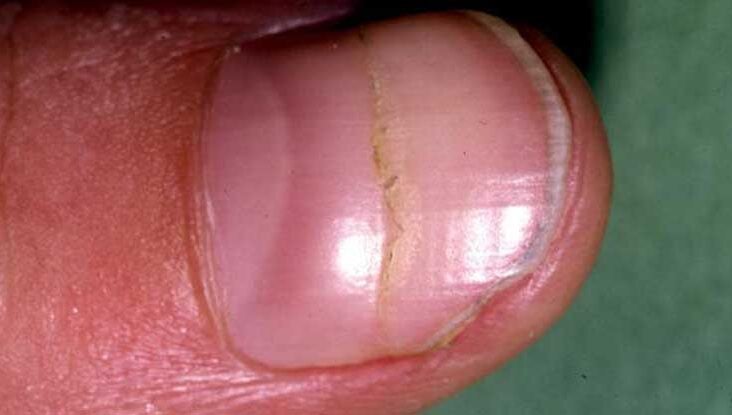



Paronychia Causes Symptoms And Diagnosis




Paronychia



1




Pointing The Finger Paronychia In The Emergency Department St Emlyn S
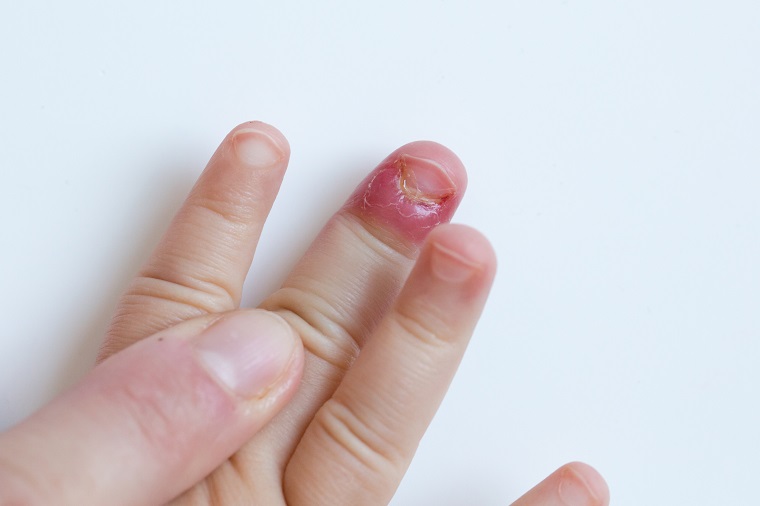



Hand Infections Dr Jonathan Lee Yi Liang
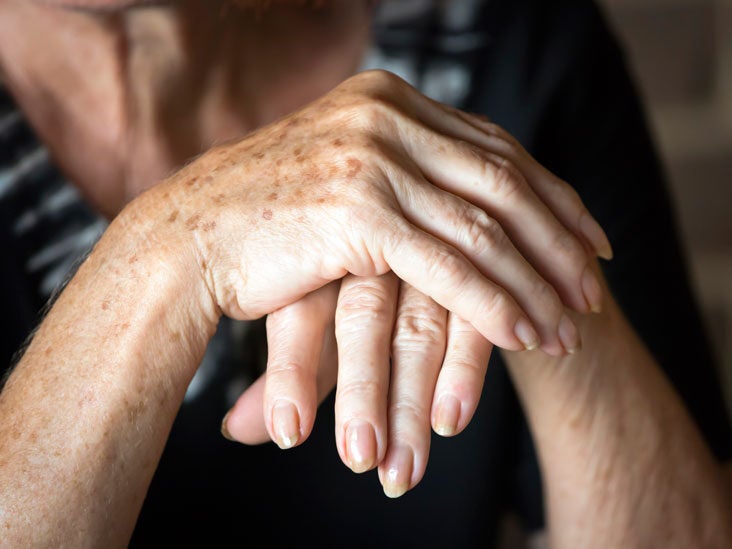



Paronychia Causes Symptoms And Diagnosis
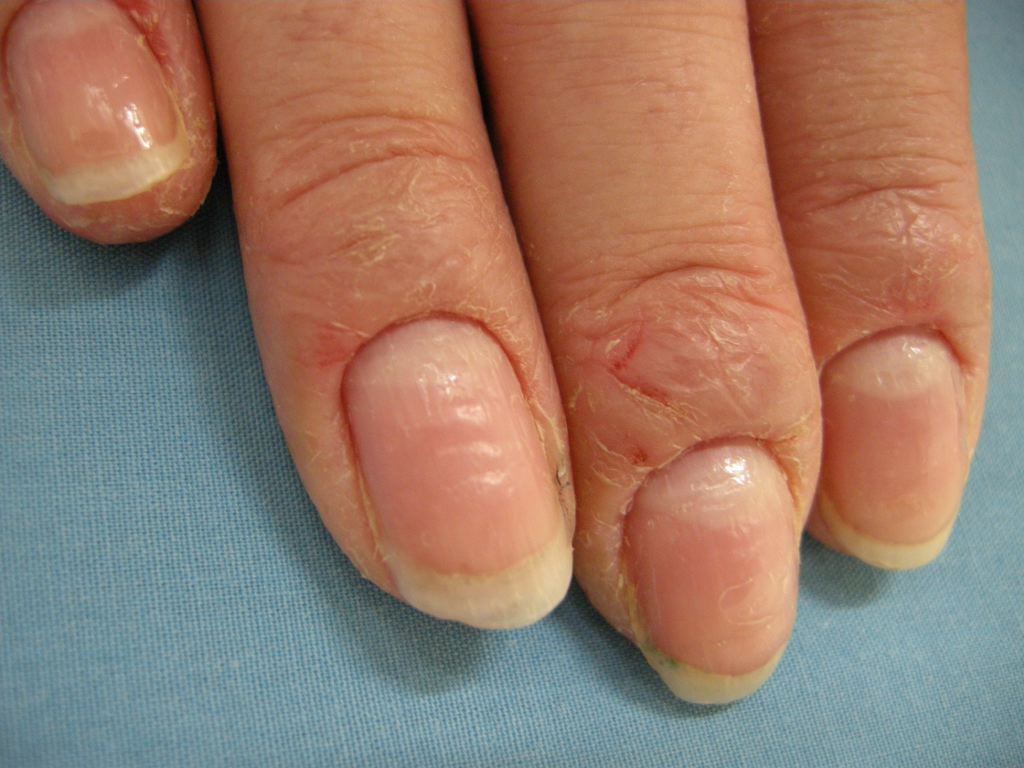



Paronychia Article




Acute And Chronic Paronychia American Family Physician




How To Treat An Ingrown Fingernail
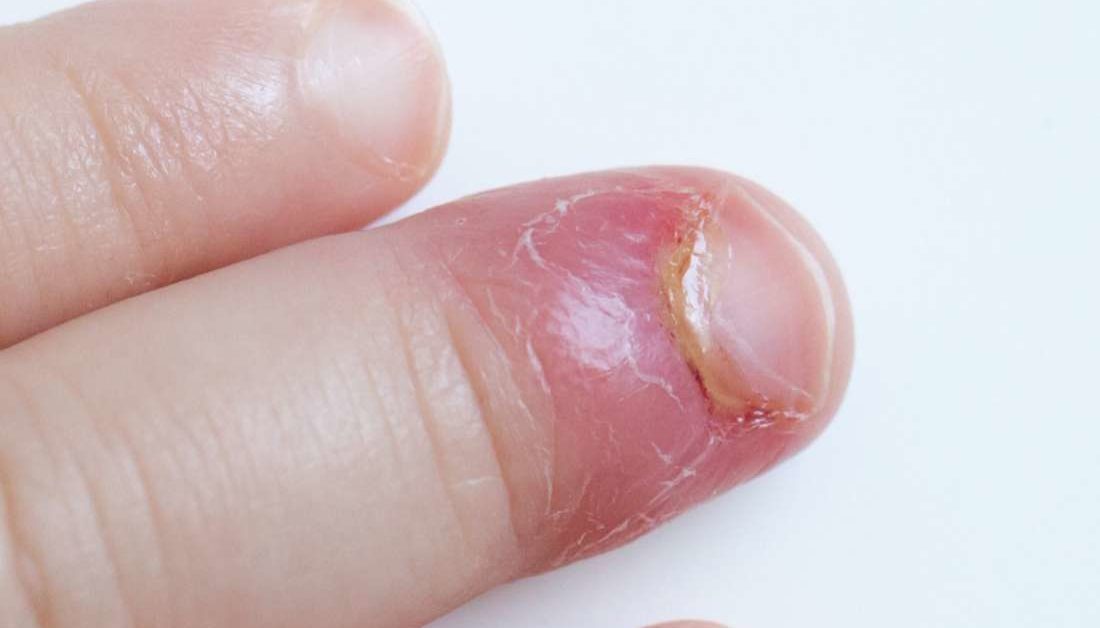



Paronychia Causes And Treatment Of An Infected Nail
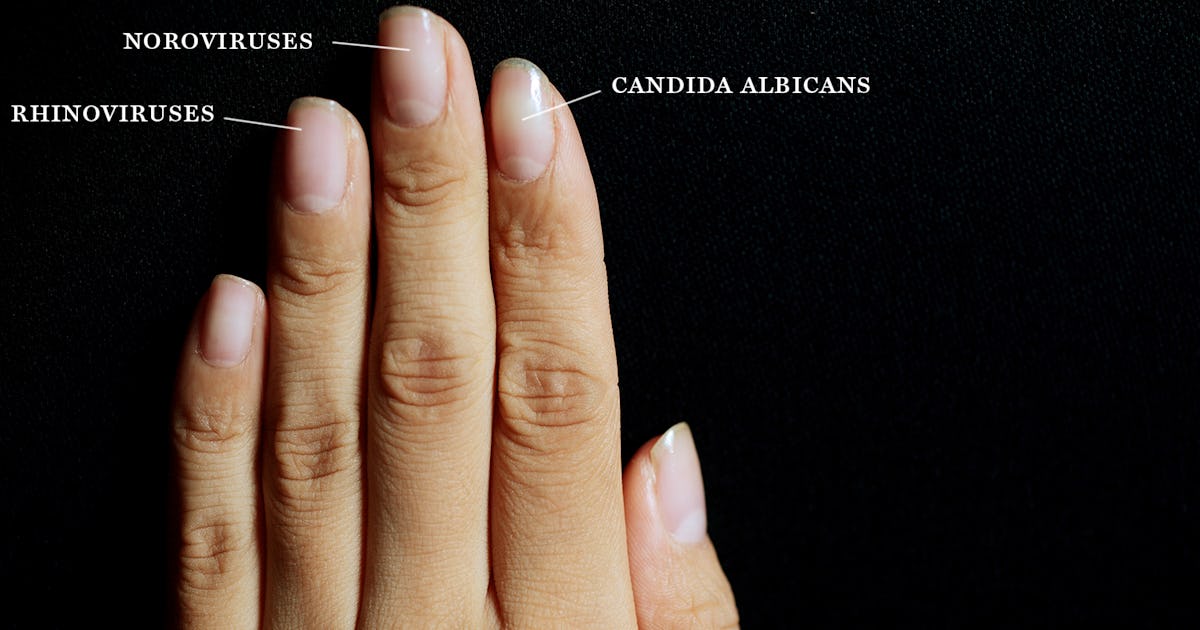



Here S All The Disgusting Stuff That Grows Under Your Nails When You Don T Wash Your Hands
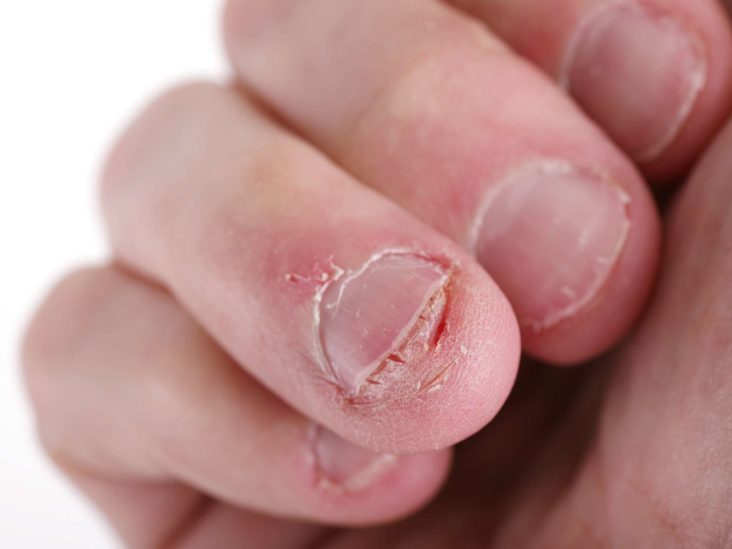



Paronychia Causes And Treatment Of An Infected Nail
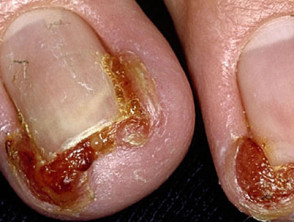



Paronychia Dermnet Nz




Nailbed And Finger Infections Bone Talks




Subungual Abscess A Bacterial Infection Of The Nail Bed Journal Of The American Academy Of Dermatology
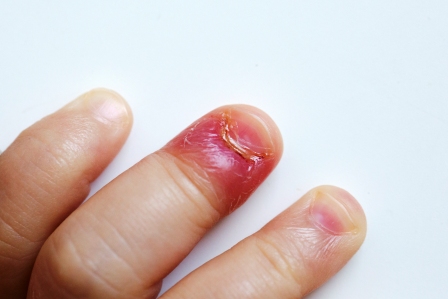



Paronychia Ayurvedic Treatment And Home Remedies Easy Ayurveda




Fungal Nail Infection Picture Image On Medicinenet Com




Paronychia Nail Infection And How To Deal With It The Guardian Nigeria News Nigeria And World News Features The Guardian Nigeria News Nigeria And World News
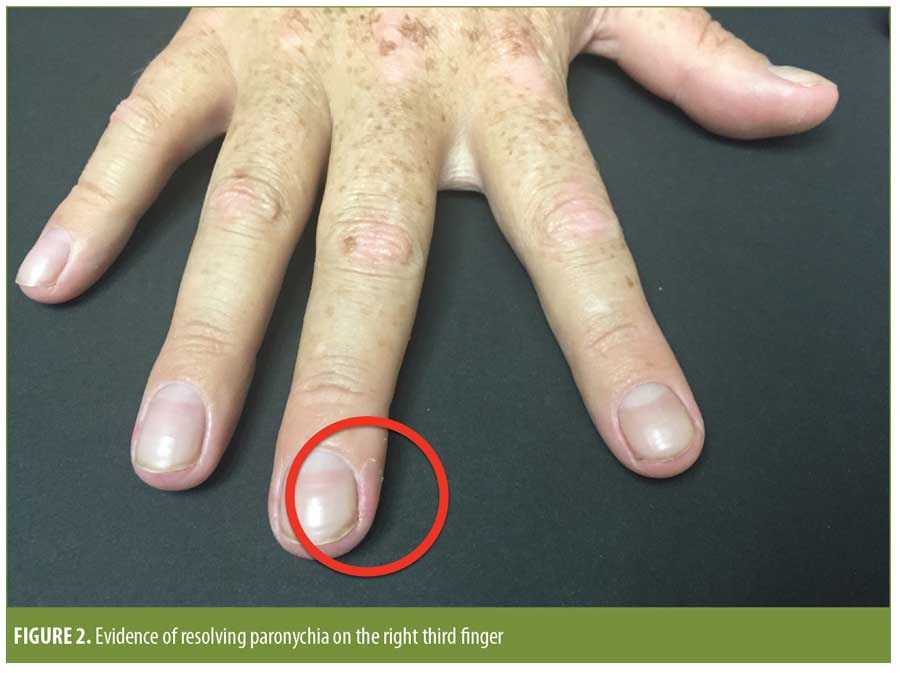



Paronychia Associated With Ledipasvir Sofosbuvir For Hepatitis C Treatment Jcad The Journal Of Clinical And Aesthetic Dermatology




Subungual Abscess A Bacterial Infection Of The Nail Bed Journal Of The American Academy Of Dermatology




An Atlas Of Nail Disorders Part 1 Consultant360
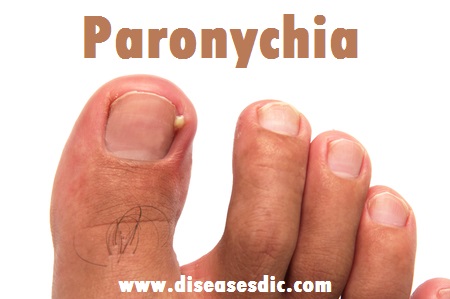



Paronychia Types Causes Treatment And Prevention



Infection Paronychia Nail Fold Infections
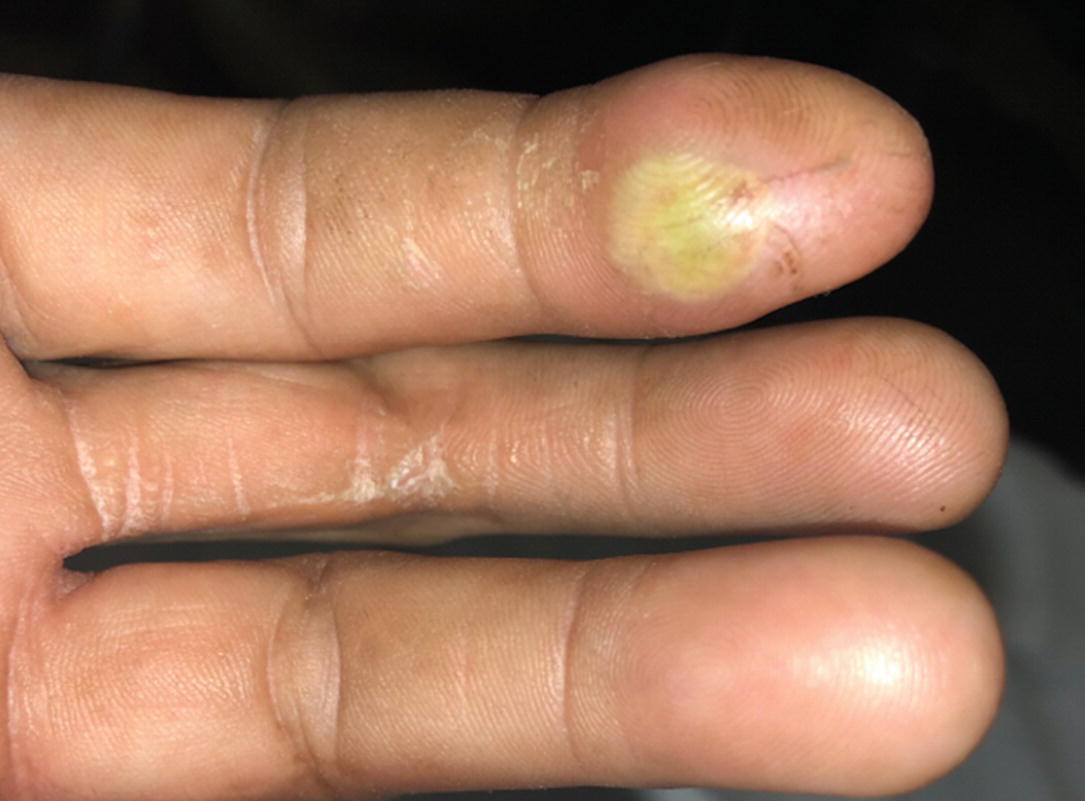



Acute Paronychia And Felon Springerlink




Paronychia Causes Symptoms And Diagnosis




Tennessee Woman Says She Got Staph Infection On Left Foot From Nail Salon Daily Mail Online




Tenn Woman Says She Got Serious Bacterial Infection From Nail Salon Costing Her Hundreds Wztv




Paronychia Dermnet Nz
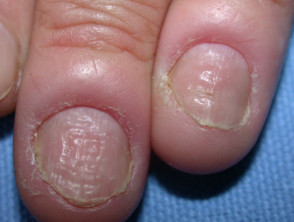



Paronychia Dermnet Nz




Paronychia



Paronychia Healing Stages




Acute Finger Tip Infection Management And Treatment A 103 Case Series Sciencedirect
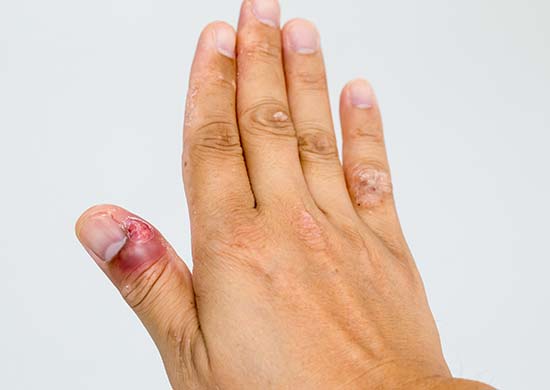



Toenail Infection Fingernail Infection Raising Children Network




How You Can Stop Foot And Toenail Fungus In Its Tracks Cleveland Clinic
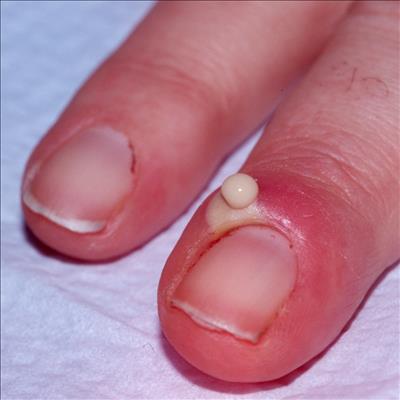



What Is Paronychia Knysna Plett Herald
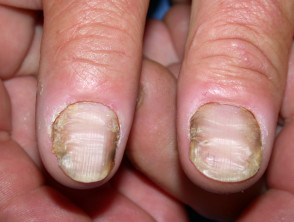



Paronychia Dermnet Nz




Paronychia Hangnail Treatment Fingernail Remedies Cuticle Treatment
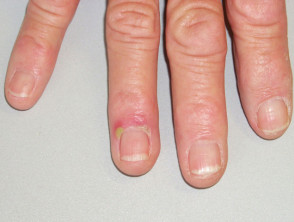



Paronychia Dermnet Nz



Http Www Tcpskids Com S Mrsa Pdf




Infections Of The Hand An Overview Efort Open Reviews




Disorders Of The Nail Orthopaedia
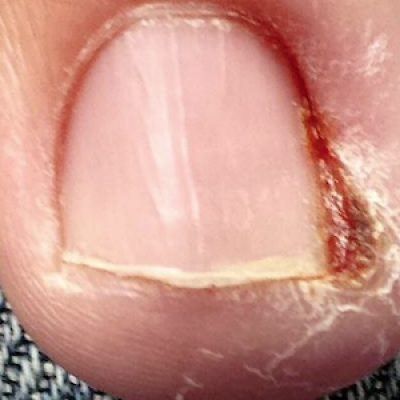



Red And Swollen Doesn T Mean Infection Clinician Reviews
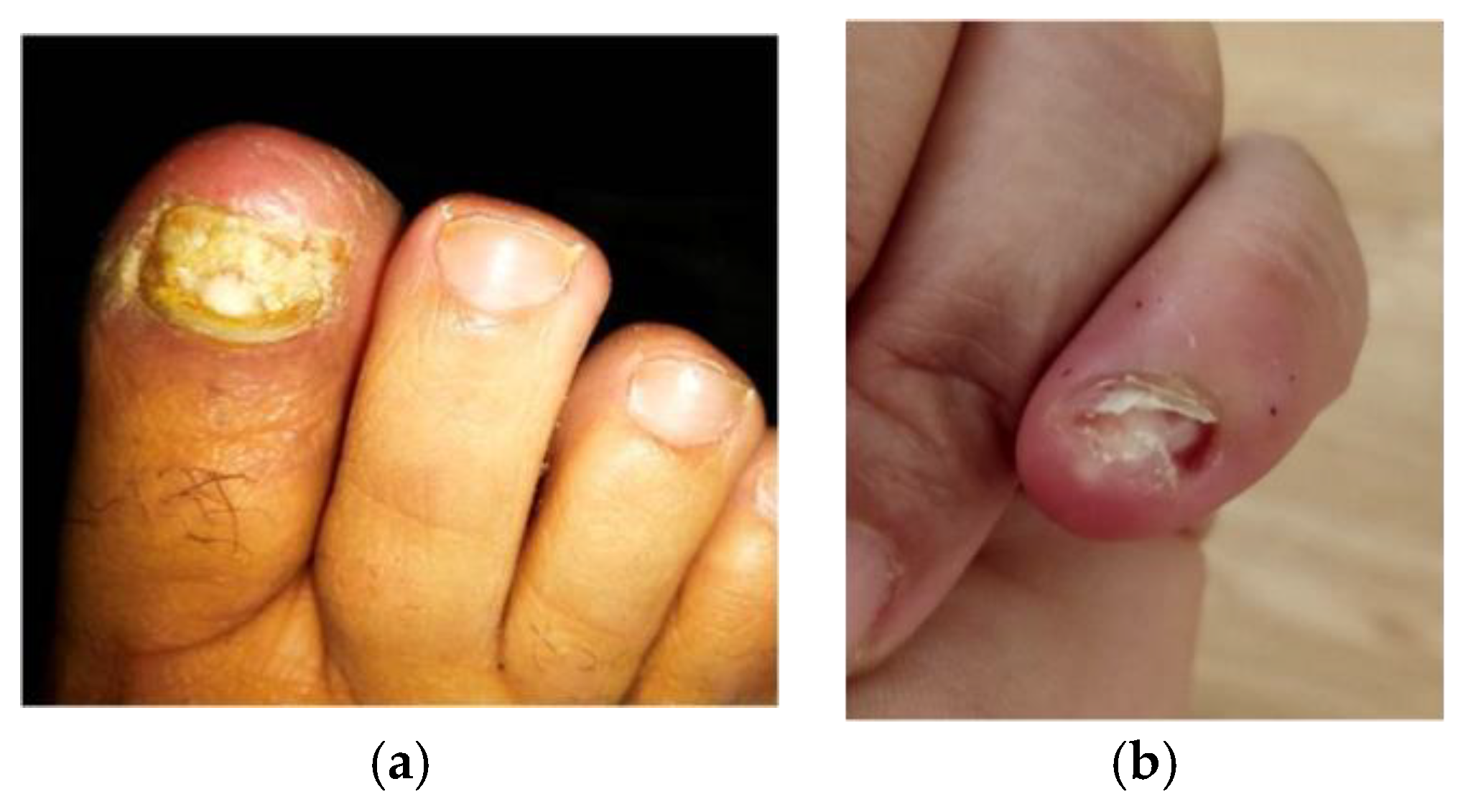



Pathogens Free Full Text A Rare Paronychia With Superinfection With Prevotella Bivia And Staphylococcus Haemolyticus The Importance Of Early Microbiological Diagnosis Html




Paronychia Treatment In Dallas The Hand And Wrist Institute




Onycholysis Picture Image On Medicinenet Com




Paronychia Causes And Treatment Of An Infected Nail




Pus Under Fingernail Home Remedy How To Recognize And Treat An Infected Hangnail Youtube




Acute Paronychia
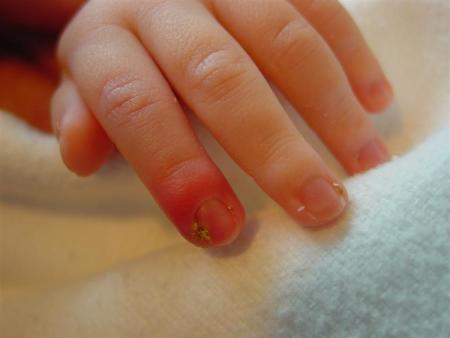



Starship Infective Lesions In The Newborn
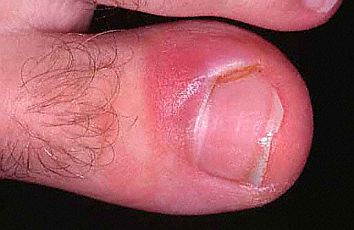



Ingrown Toenail Infection Curvecorrect
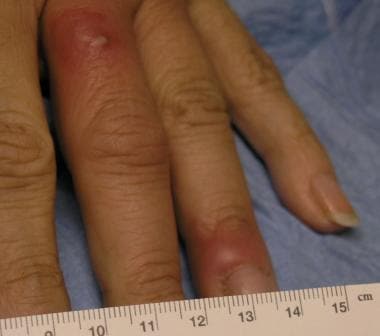



Paronychia Practice Essentials Background Epidemiology




Nail Disorders Flashcards Quizlet




What Is A Staph Infection Symptoms Causes Diagnosis Treatment And Prevention Everyday Health



0 件のコメント:
コメントを投稿